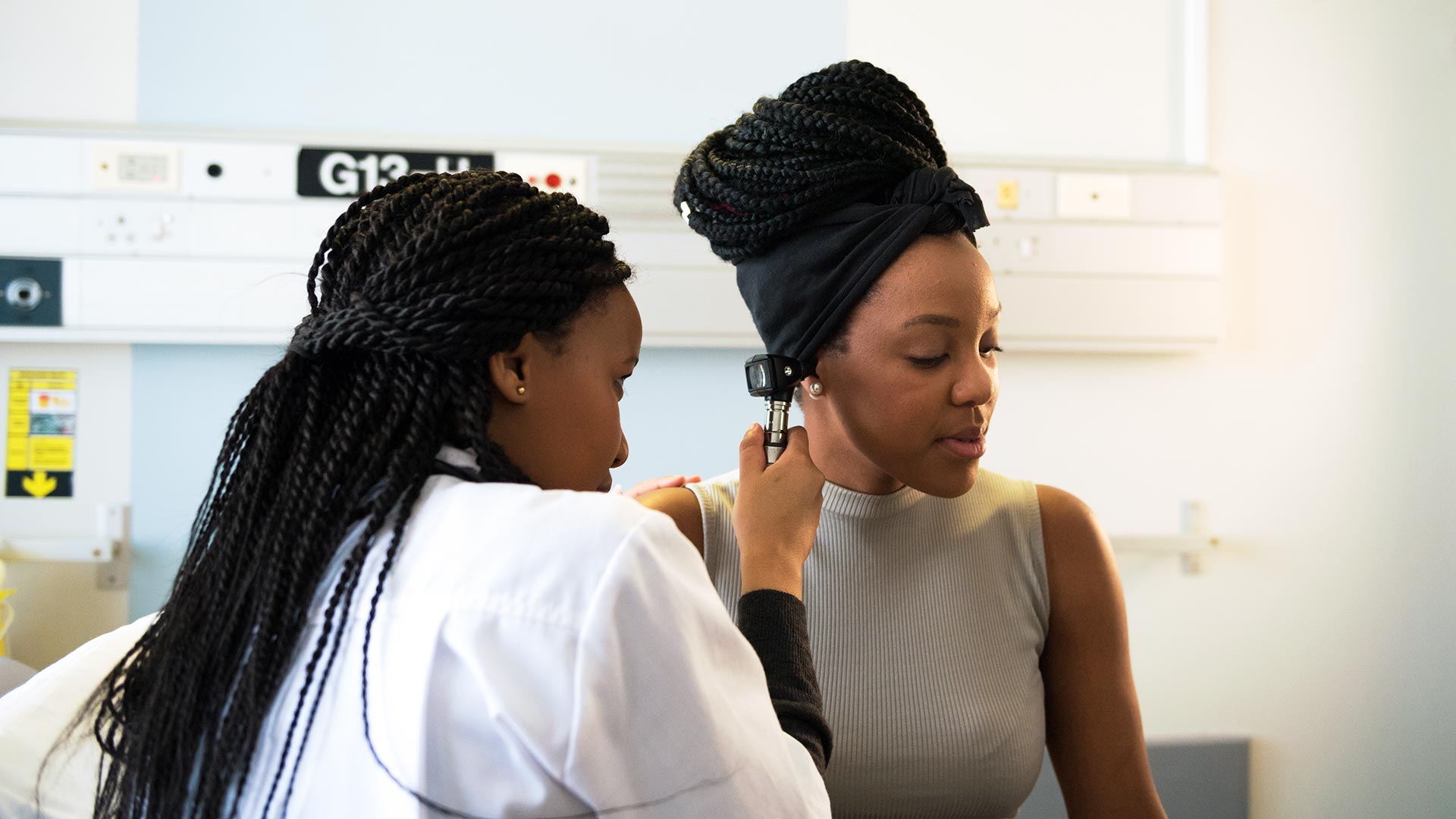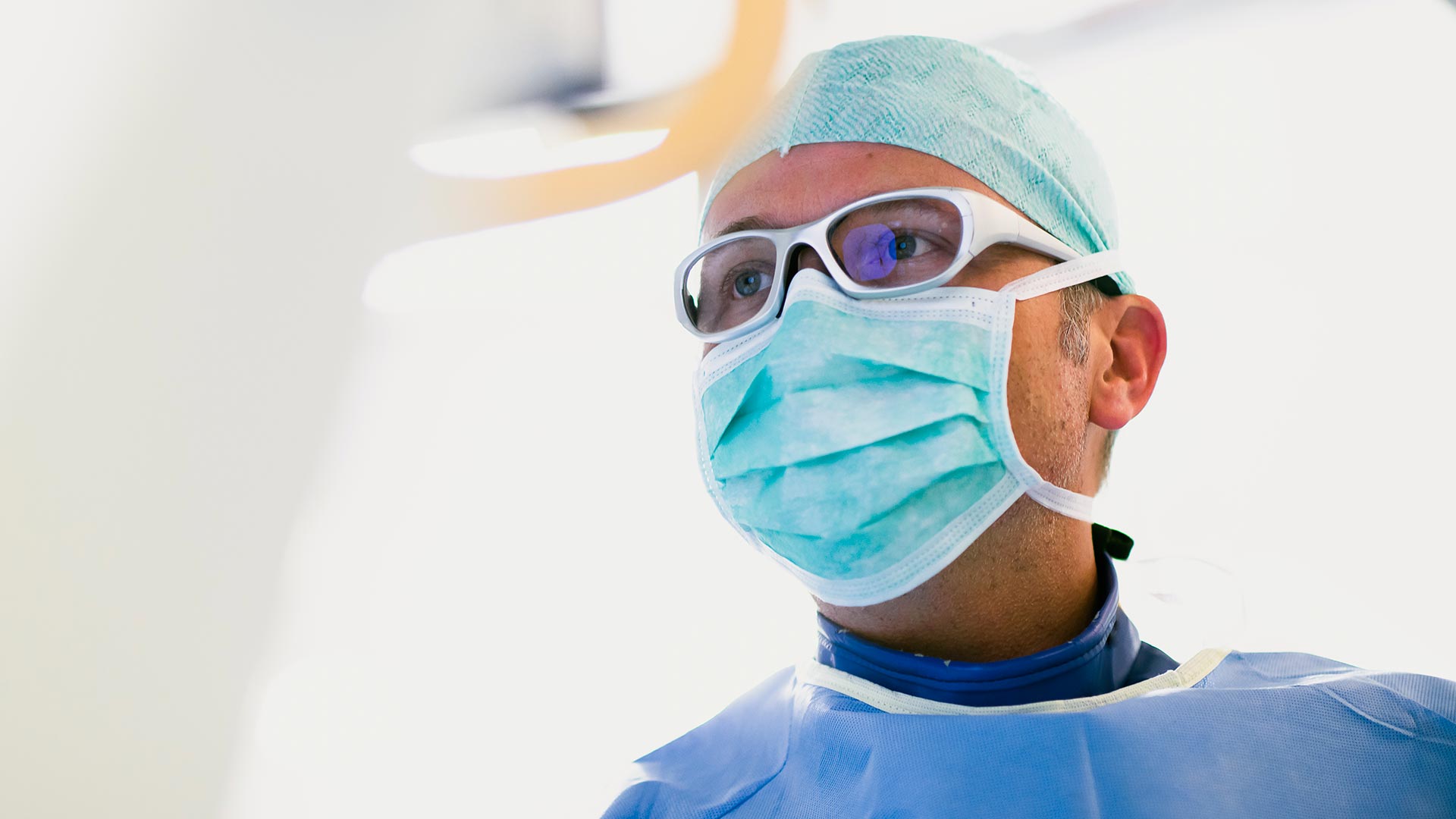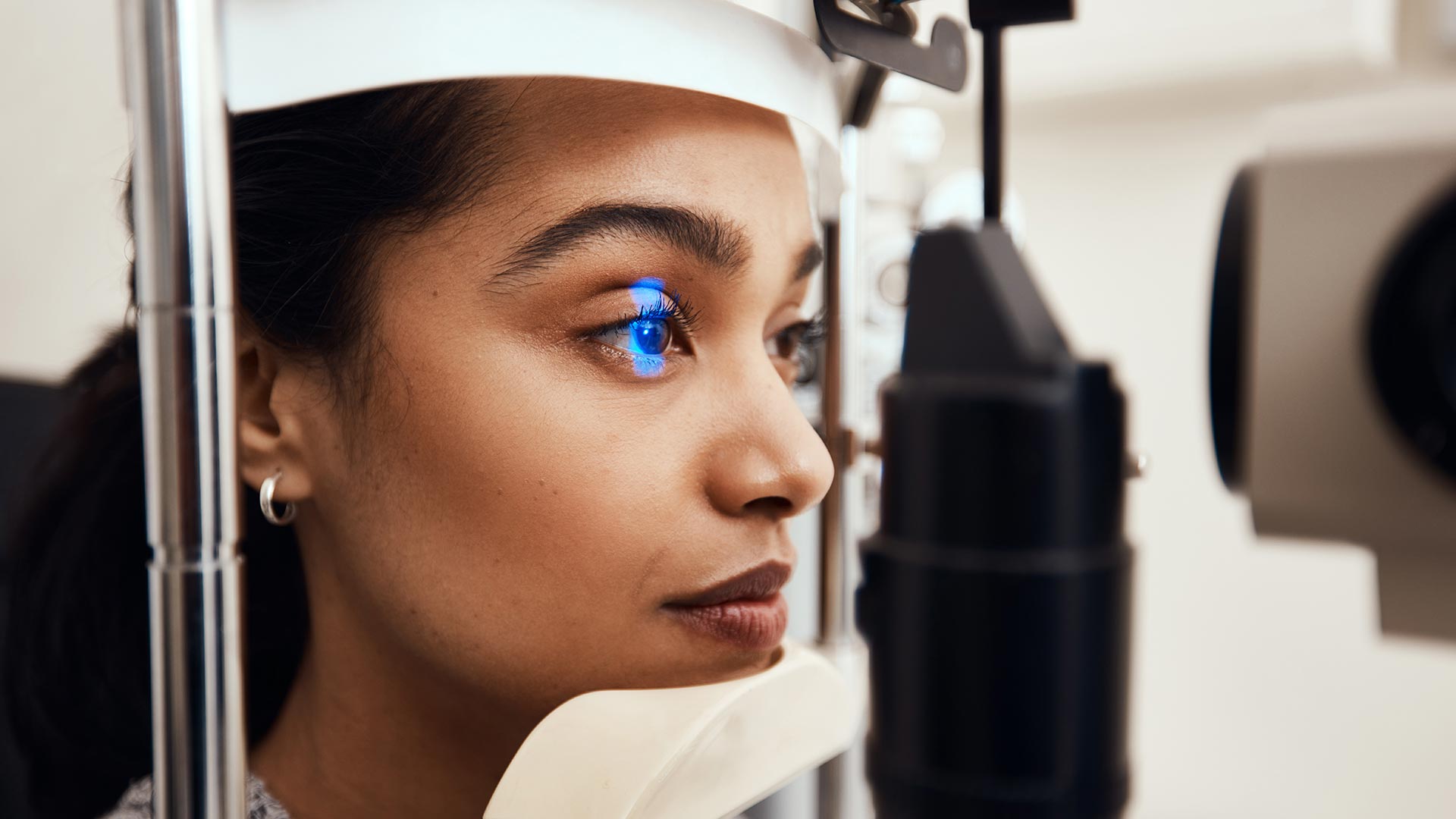
There are so many “-ologists” that they can be hard to keep straight. However, this list could be a handy reference. This is not meant to be an exhaustive and all-inclusive list of what a specialist does, but it should provide you with a basic overview.
Surgeons
- General Surgery — these surgeons begin their training as general surgeons, then can sub-specialize in the areas listed below, or stay general surgeons. General surgeons perform gall bladder removals, hernia repairs, and some breast and skin surgery.
- Cardiothoracic Surgery — these surgeons operate on the heart, lungs, and chest. They often perform heart bypass surgery for blocked arteries, heart valve replacements and remove tumors in the lungs.
- Vascular Surgery — these surgeons operate on the blood vessels throughout the body. They often operate on the aorta (the main artery in the body), carotid arteries (blood vessels to the brain) and they treat varicose veins in the legs.
- Cosmetic and Reconstructive Surgery — these ‘plastic’ surgeons perform facial surgery, liposuction and breast surgery. They also are trained in hand surgery.
- Colorectal Surgery — these surgeons operate on hemorrhoids and remove tumors from colon cancer. Proctologist is the old and somewhat out-of-date term for a colorectal surgeon.
- Surgical Oncology — these surgeons remove all types of tumors throughout the body, so there can be overlap with other surgical specialties. For example, a breast tumor could be removed by a surgical oncologist, general surgeon or a gynecologic oncologist (more on them below). These surgeons typically operate on soft-tissue tumors called sarcoma and a type of skin melanoma.
- Transplant Surgery – these surgeons perform organ transplants. Kidney transplants are the most common, but they also perform liver, heart, lung and pancreas transplants.
- Trauma Surgery — these surgeons operate on injuries related to ‘penetrating trauma’—which usually means stabbings and gunshot wounds. However, they also care for serious ‘blunt force injuries’ such as motor vehicle accidents.
- Surgical Endocrinology — these surgeons operate on tumors or growths related to various glands in the body—most commonly the thyroid gland, parathyroid gland, and adrenal glands.

The following specialists perform surgery as well, but they are not sub-specialties of General Surgery:
- Orthopedic Surgery — Orthopedics are bone and joint doctors. They can perform surgery for bone fractures and torn ligaments in joints, but they also provide much care in their offices with casting, slings and joint injections.
- Neurosurgery — Neurosurgeons operate on the brain and spinal cord. They remove brain tumors, but they also perform low back and neck surgery for chronic back pain and pinched nerves.
- Urology — Urologists operate on the kidneys, bladder and the male genitals. Some of the most frequent conditions they treat are prostate cancer and an enlarged prostate called BPH. This distinction for prostate cancer is important—it is a common cancer, and it is usually treated by a urologist, not an oncologist or another type of surgeon.
- ENT — Ear, Nose and Throat doctors (officially called Otolaryngology/Head and Neck Surgery) perform sinus, tonsil and vocal cord surgery.
- Ophthalmology — Ophthalmologists see patients for problems related to vision, such as glaucoma, and also perform cataract and Lasik eye surgery. Ophthalmologists can also prescribe glasses and contact lenses for vision correction, but often people go to Optometrists for this service as well (more on Optometrists below).

Other specialists
- Obstetrics & Gynecology (Ob/Gyn) — Ob/Gyns provide well-woman exams, care for expecting mothers, deliver babies and perform surgery on the female reproductive system: uterus, ovaries and fallopian tubes.
- Dermatology — Dermatologists are skin doctors that treat rashes, acne, eczema, and skin cancer. It is often difficult to schedule appointments with a dermatologist, as their practices are very busy and they will usually tell you to wait six weeks or more for an appointment. So expect to have to call around to multiple dermatologists if you want to be seen sooner.
- Neurology — Neurologists are brain and nerve doctors. They often treat migraine headaches, strokes, seizures and chronic nervous system conditions, such as Parkinson’s disease and Multiple Sclerosis.
- Pathology — Pathologists typically do not interact with their patients because they are specialized in examining biopsy specimens. A biopsy is a small piece of tissue—from the skin or a colon polyp for example—that is commonly examined under a microscope. Another physician will perform the biopsy (e.g., dermatologist or surgeon) and then give it to the pathologist for review.
- Radiology — Radiologists review and interpret x-rays, CT scans, MRIs, PET scans and other types of imaging tests. However, there are some imaging tests that radiologists typically do not review. Cardiologists usually review their own echocardiograms and stress tests and Ob/Gyns usually review their own ultrasounds. Like Pathologists, Radiologists often do not directly interact with patients. Typically a technician performs the scan for the radiologist to review.
- Anesthesiology — Anesthesiologists perform the sedation for surgery and other procedures. They also provide local anesthesia for mothers during delivery by inserting an epidural in the low back. There is also a sub-specialty of anesthesiology called Pain Medicine. Pain Medicine doctors evaluate and treat patients with various chronic pain conditions.
- Psychiatry — Psychiatrics see people with various mental health issues, such as depression, anxiety, and schizophrenia. They also have the credentials to prescribe medications for these conditions, which sets them apart from psychologists and counselors (see more below).
- Pediatrics — Pediatricians are primary care physicians for children. There are also many sub-specialties of pediatrics (e.g., neonatologist for premature babies and pediatric endocrinologists for children with juvenile diabetes) just like there are the multiple sub-specialties of Internal Medicine.
- Family Practice — Family Practice is a combination of Internal Medicine, Pediatrics and Ob/Gyn. They are primary care physicians for children and adults, perform well-woman exams and sometimes even deliver babies.
- Radiation Oncology — Radiation Oncologists provide the radiation treatment for certain cancers. Cancers that may require radiation are breast, prostate, colon and lung cancer. Often there are many treatments required (e.g., 10, 20, 30) and patients must typically go daily for their treatments for several weeks.
- Physical Medicine and Rehab (PM & R) — PM & R doctors focus on improving function for people with chronic disabilities like cerebral palsy and partial paralysis after a stroke.
- Emergency Medicine — Emergency Medicine physicians are the doctors in the ER. They see a wide variety of conditions from cuts and burns to infections to heart attacks when they first occur. They are on the front lines of healthcare and often call in additional specialists like surgeons and cardiologist to care for patients.

Non-Medical Doctor Healthcare Providers
- Psychologists/Counselors — Psychologists have a Ph.D. and Counselors often have a Masters in Social Work. The both treat depression, anxiety and other mental health matters with talk therapy and other approaches. They listen and provide patients with advice on various coping and relaxation techniques—but they do not prescribe medications. They may work in conjunction with a Psychiatrist, who is the medical doctor that can prescribe medications.
- Podiatrists — Podiatrists are foot specialists. They treat corns, bunions, ingrown toenails, and foot infections. These healthcare providers are not medical doctors, but they can prescribe certain medications and perform surgery.
- Optometrists — Optometrists evaluate people for glasses and contact lenses and can diagnose and treat some eye conditions. They are not medical doctors and do not perform surgery, but they can prescribe some medications. Some people may have vision insurance that covers visits to an optometrist and glasses and contacts, but often that vision insurance does not pay for visits to an Ophthalmologist. Additionally, people may have medical insurance, but that medical insurance does not pay for glasses and contacts. It can be very confusing who to go to for what and who will pay for what. Call and ask in advance. If you don’t, there will likely be problems.

Within these sub-specialties, there are also sub-specialties. Here are some of the most common ones:
Within Ob/Gyn
- Maternal-Fetal Medicine (MFM) — these doctors assist with high-risk pregnancies.
- Reproductive Endocrinology — these doctors assist with infertility and in vitro fertilization procedures.
- Gynecologic Oncology — these doctors specialize in surgery for breast, ovarian, endometrial and vulvar cancer.
- Urogynecology — these doctors specialize in urinary conditions for women like incontinence and chronic urinary tract infections.
Within Orthopedic Surgery
- Hand Surgeons
- Shoulder Surgeons
- Knee Surgeons
- Hip Surgeons
- Spine Surgeons
- Sports Medicine
- Orthopedic Oncology
That’s 40 specialists and sub-specialists in total that a healthcare consumer has to weed through.
No wonder people get confused. Finding the right doctor can be challenging, but now you have a basic understanding of how the specialties are divided and what each specialist does.



